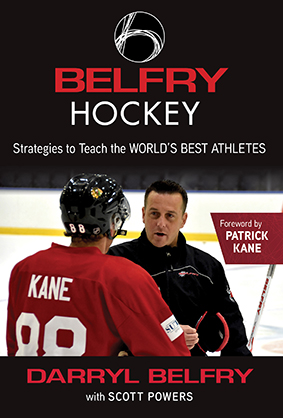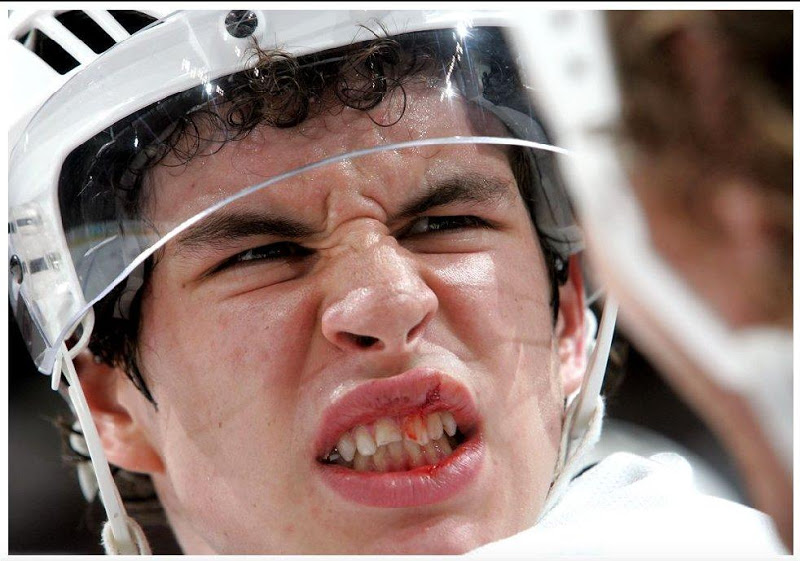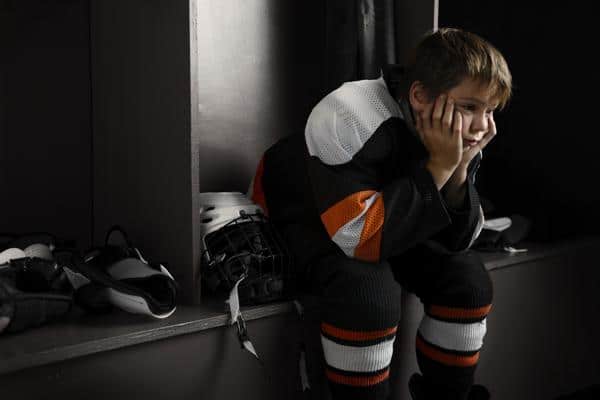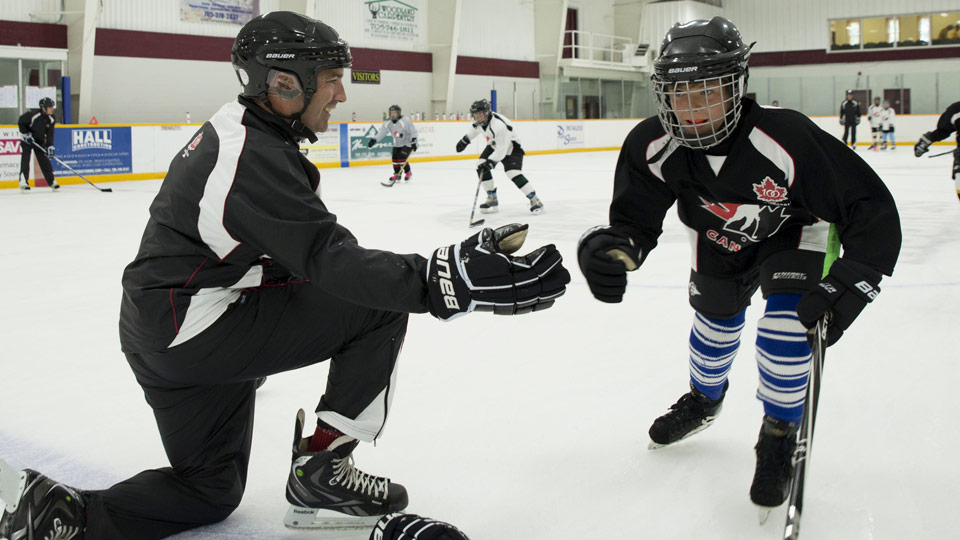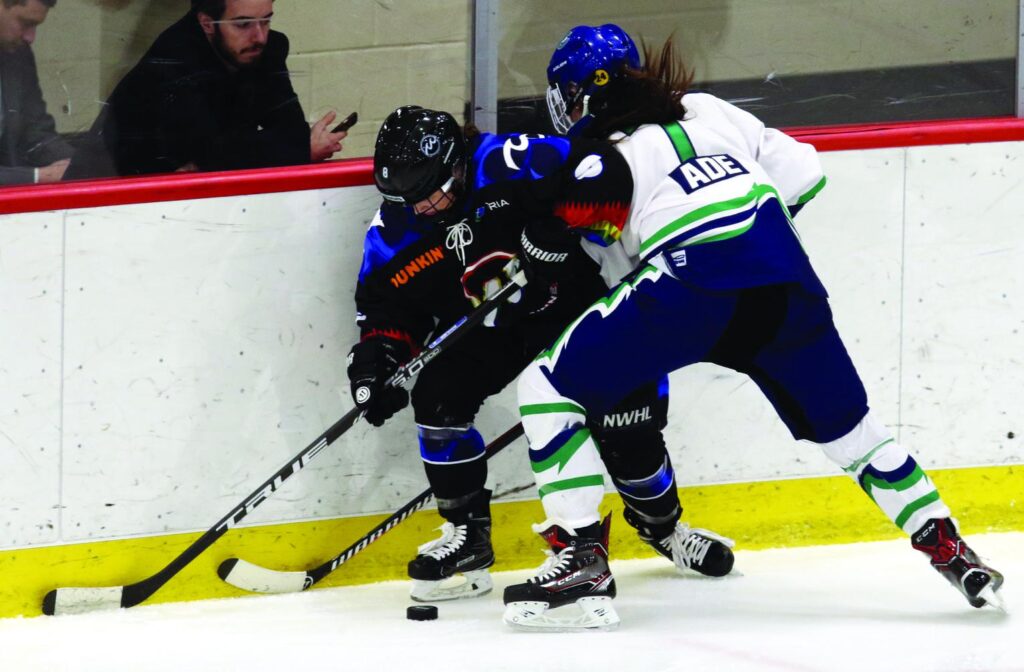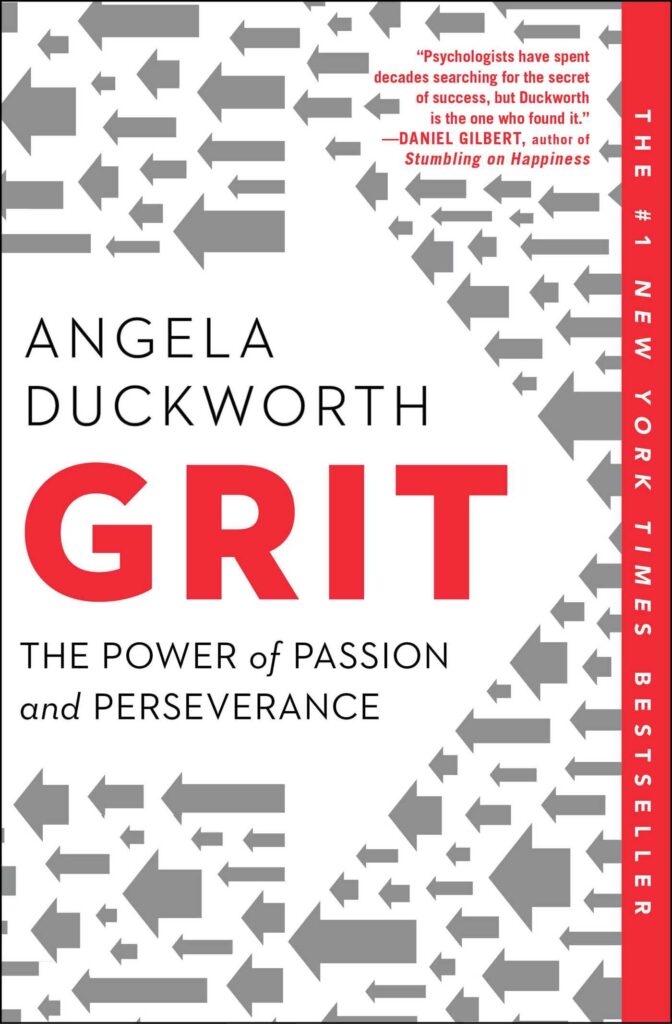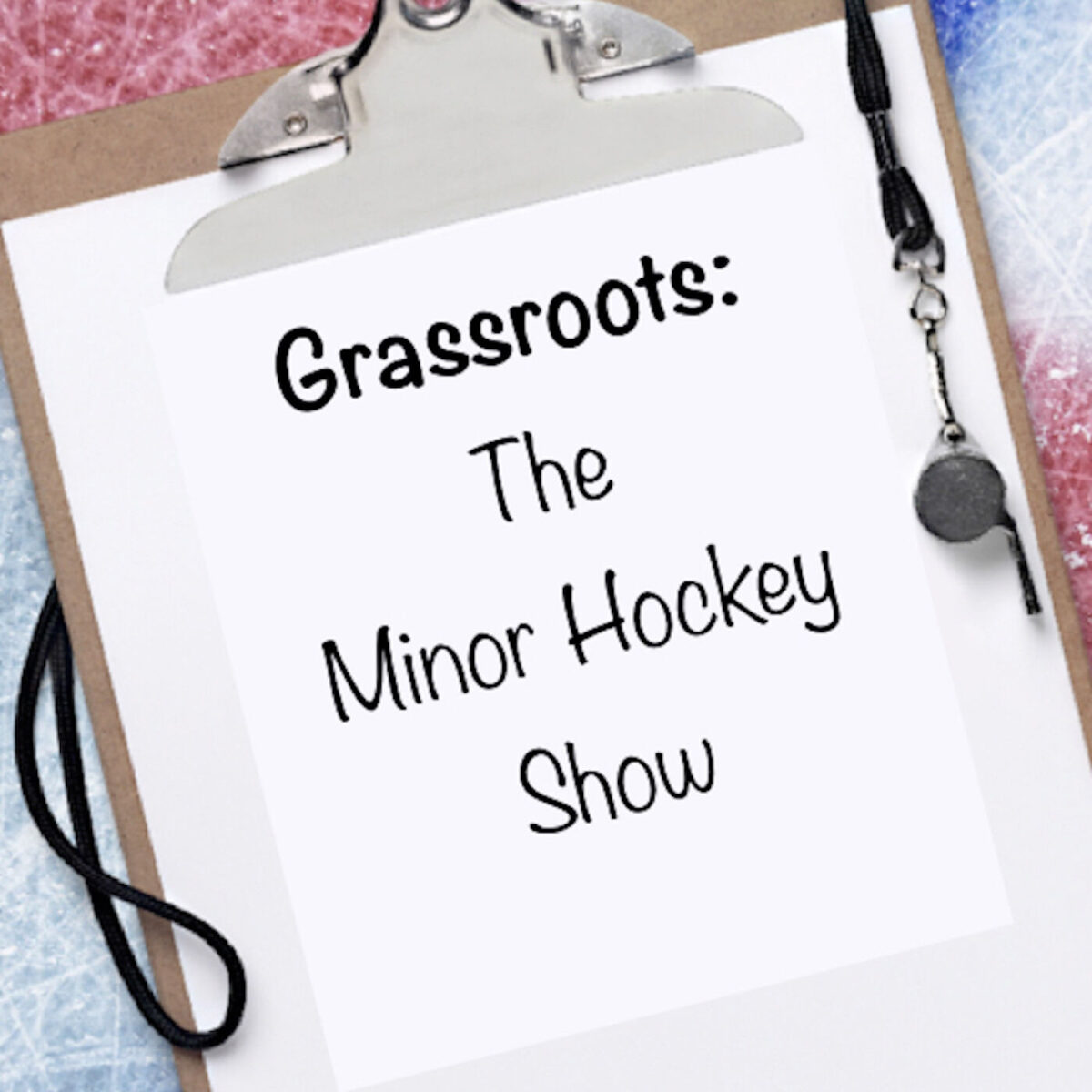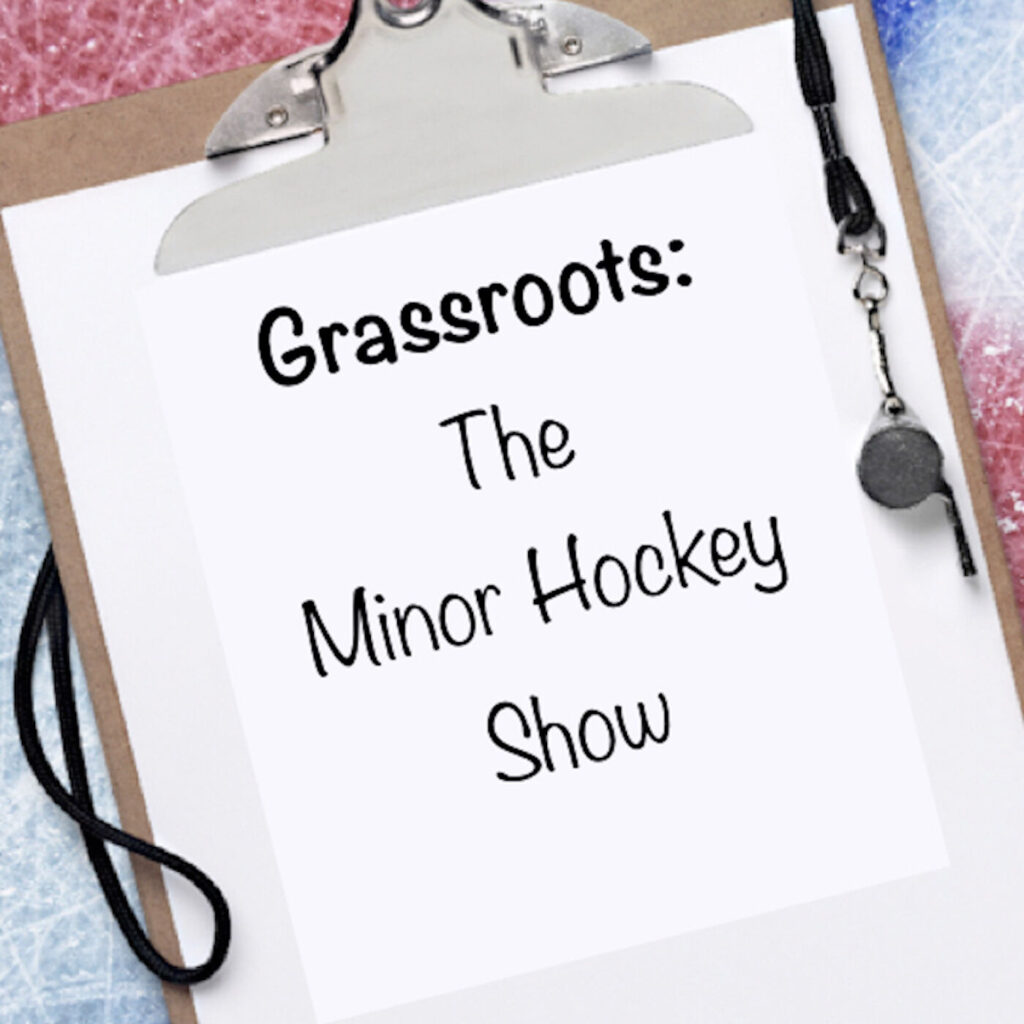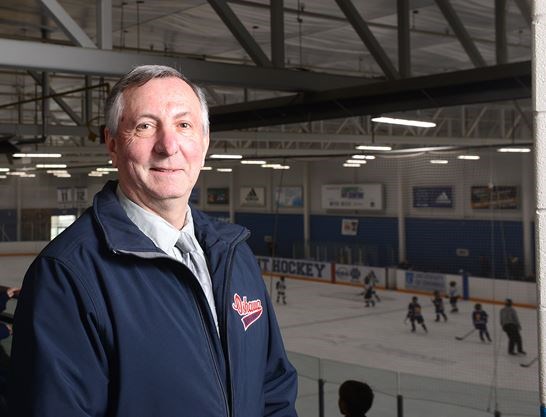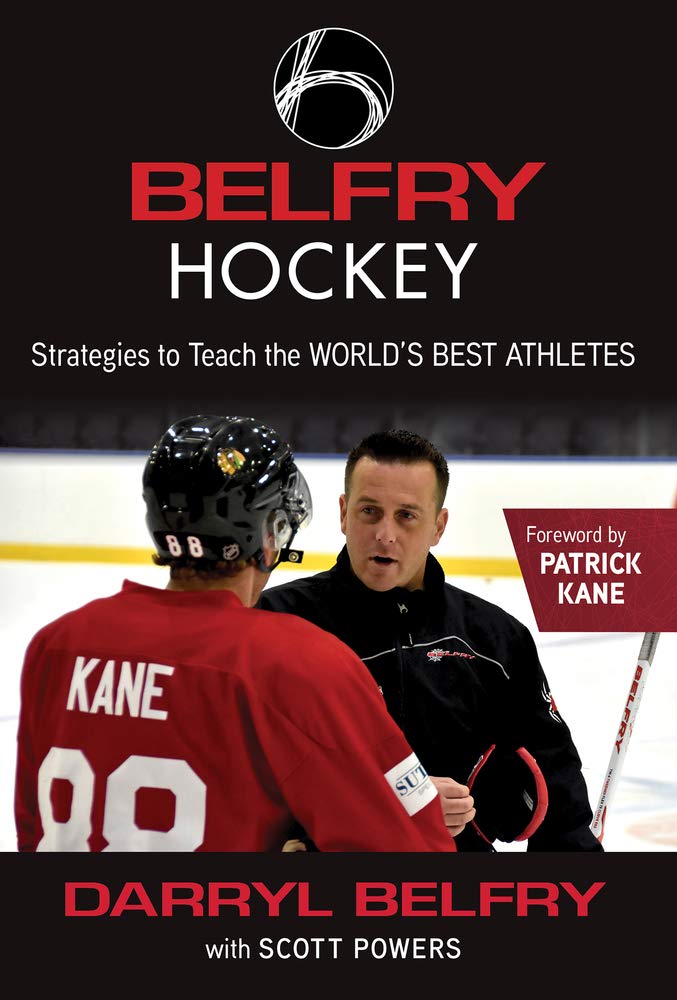
I loved Darryl Belfry’s book Belfry Hockey, but I don’t believe I was Darryl Belfry’s target audience, because I am neither a hockey coach nor a skills instructor. As I mentioned in my first post, I’m just a hockey dad. I do not profess to be a hockey expert, but I do have a deep passion for helping my two kids who currently play 14U AA youth hockey. Thus, as a parent, what did I hope to learn from Darryl Belfry’s book Belfry Hockey? And how could I help apply these lessons?
My goals when reading Belfry Hockey:
- An understanding of which skills are important for my kids to develop (i.e. “Skills That Separate”)
- See which skills aren’t getting developed with their current coaches
- Figure out my options on how they can fill in the skills gap
One of Darryl’s key training objectives is to help a player learn a skill they can use “tomorrow”. Therefore, given Covid’s impact on our season, I took on the challenge of applying these insights immediately with my kids. Here are the takeaways from Belfry Hockey that I have recently tried to implement with my kids.
Teaching my son the concept of Platform Skills vs. Placeholder Skills
Is the skill you’re using a placeholder skill or a platform skill? There’s a big difference between the two.
Page 122 – Chapter 11: Skill Continuum
My son is both a late birthday and not an early-developer like several of his teammates. Therefore, there are times when he has seen less ice time due to his physical development. At the same time, Belfry perfectly describes some of the placeholder skills that my kids have seen from teammates in peewee and bantam hockey who would be considered the top players on their teams getting those additional minutes.
Examples of placeholder skills:
- Slap shots off the rush
- Using straight-line speed to rush by defensemen along the boards
- Banging in rebounds in front of the net
Explaining to a 13-year old that he is building better skills so that two or three years from now he will have more translatable skills to the next level is not simple to understand. But having a framework of “platform vs. placeholder skills” is a simple concept to continually reference until his physical development catches up to his peers.
Tracking High-Frequency Events and Success Rates Using Video
When you’re working with video, you have to be very careful that every player in a game is a like a fingerprint. What we want to see is the detail inside of each fingerprint
Page 162 – Chapter 13 – Video-to-Game Transfer
I record almost every game that my kids play. I use two GoPros to video the game from behind the nets and some rinks also have LiveBarn to provide a third angle. As a result, I have a pretty good asset to begin my analysis with. I used to just look at the quality of each shift individually, but thanks to Darryl Belfry I track the game in a whole new way.
Since reading the book, I have created a spreadsheet to do the following:
- Track event frequency and success rates
- Edit clips together from 3-4 games by event/game situation so my player can see all the same event-types in a single video (typically 60 – 90 seconds of clips).
Here is a partial summary of an “instance list” from a recent weekend of games for my daughter (who plays defense):
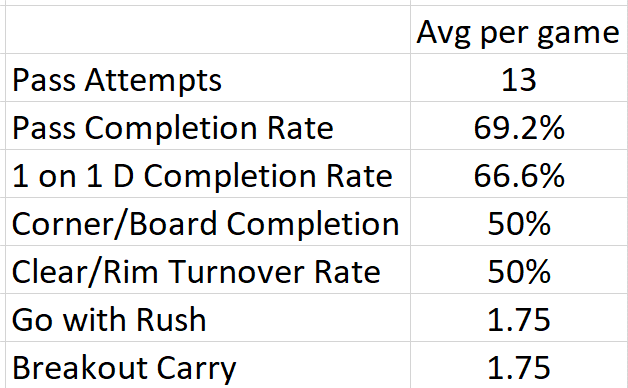
Transfer Tracking: Problem Solving Frequency and Success Rates
Our standard is we want to try and get as many high-frequency elements as possible to be an 8 out of 10 success rate
Page 155 – Chapter 10: Triple Helix: Awareness
Using the metrics from the games, my daughter and I were able to watch each clip and the specific situational context for success & failure. As a result, we were able to see certain patterns emerge that could immediately be worked on, here are a couple of examples:
- Trouble when playing the off wing
One pattern we identified right away was that she wasn’t recognizing the handedness of the puck carrier which caused her to attack from a poor angle. This insight was helped by remembering an article about the 88 Summit with Patrick Kane from a couple of years ago.
2. Linear entry vs. change in angle when carrying the puck in across the blue line.
We are now working on way to cross the blue line to get into the “hot zone” with time and space.
Creating Multiple Options for Specific Situations
We want to make sure as part of the Category 1 skills that once the player has established body position and encounters contact, he’s able to use the contact as an asset – an accelerant or an ability to create separation
Page 145 – Chapter 11: Skill Continuum
With my son, one area we have spent a lot of time working on is in the corner or along the wall in the offensive zone. We have been focused on adding multiple options for him to have in his toolkit for these situations, specifically:
a. The Kane Push:
b. Reverse Hits
c. Skating through the hands:
d. Using the trap door:
e. The Chuck:
We shall see if he is able to apply any of these new skills into a game situation, but at least I know he has them as potential tools in his toolkit.
As I used to write in my Grade 5 book reviews, I really liked Belfry Hockey and I recommend it to all my hockey friends and coaches. I plan to write one more post about Belfry Hockey so that a few more concepts are brought to life via visuals and video that are a little hard to digest from just reading the book.
